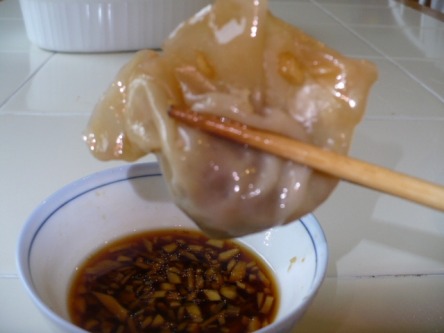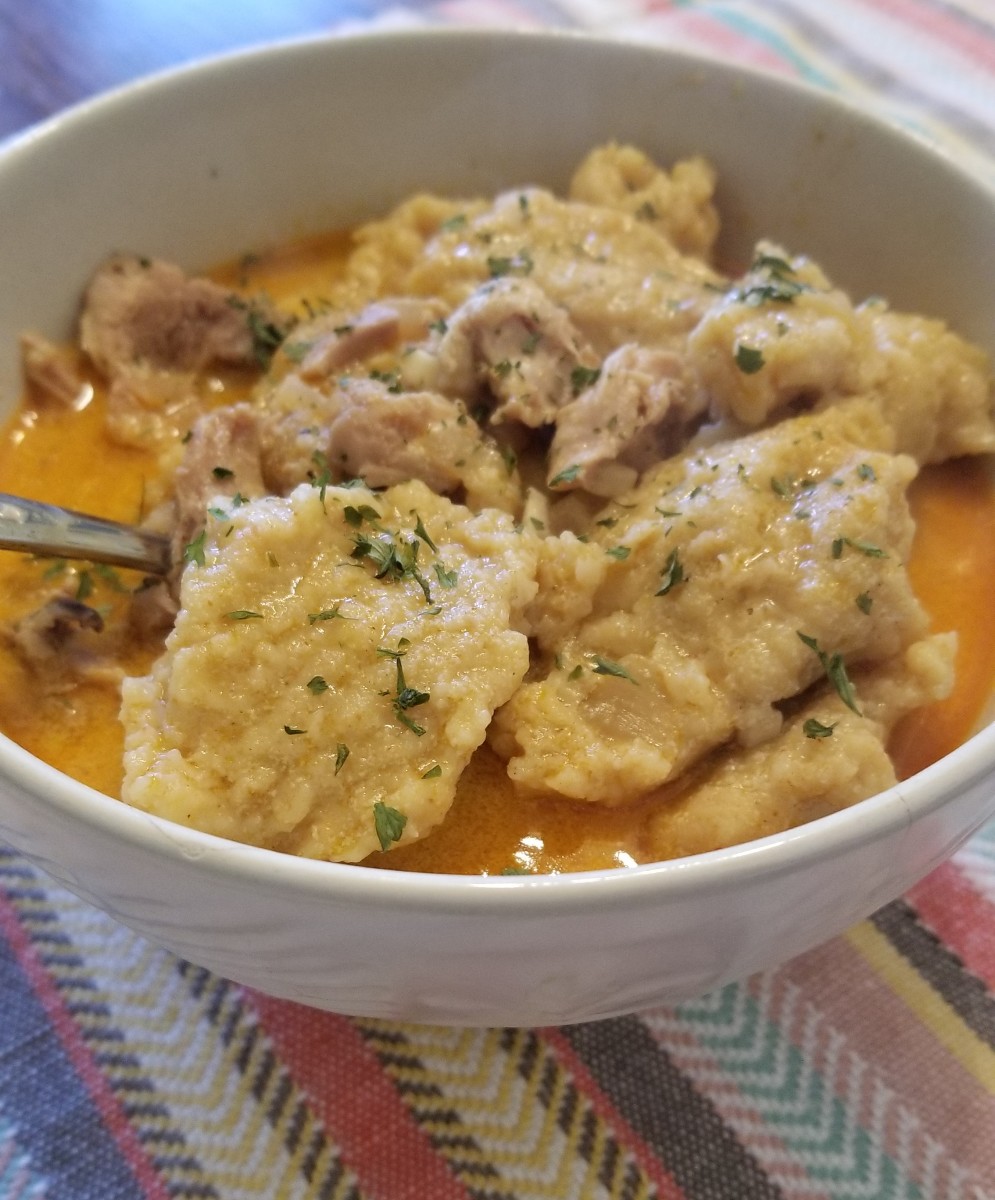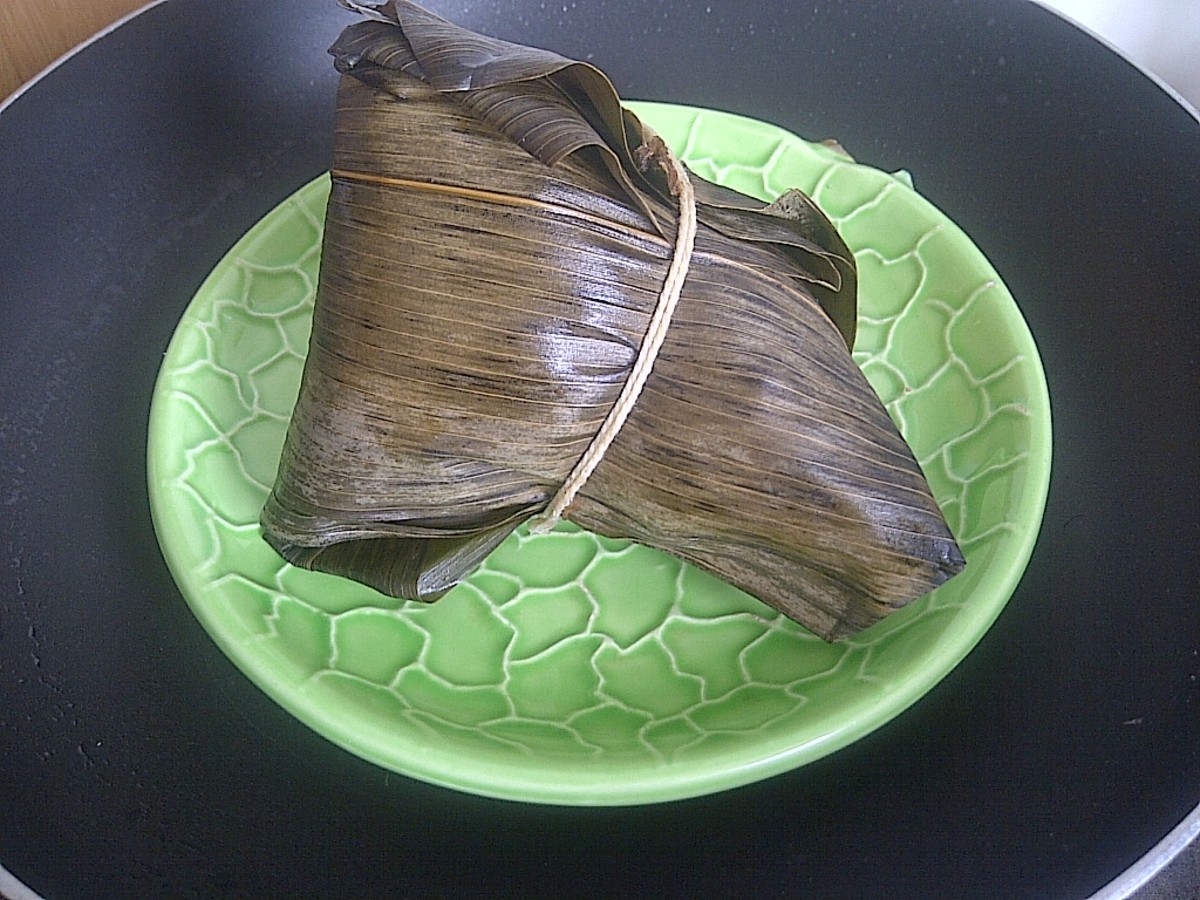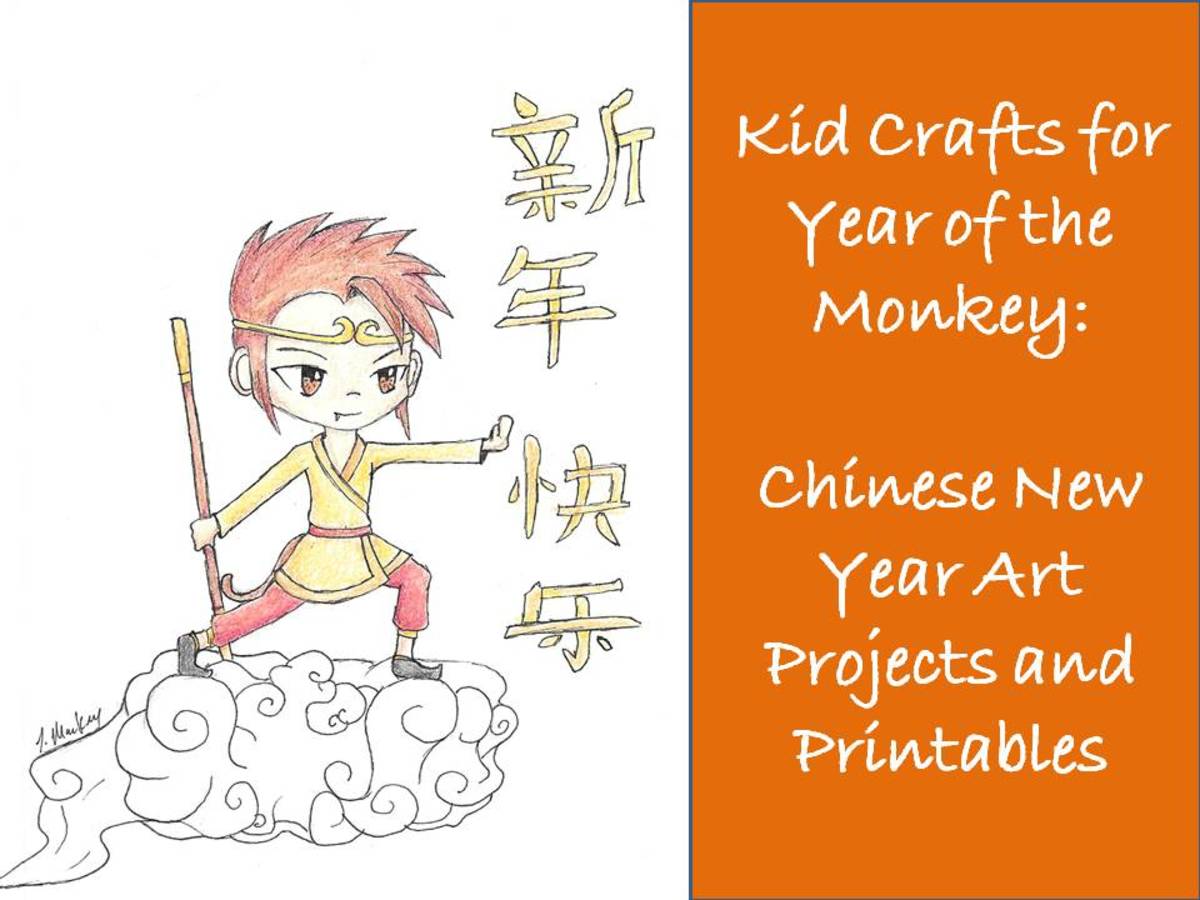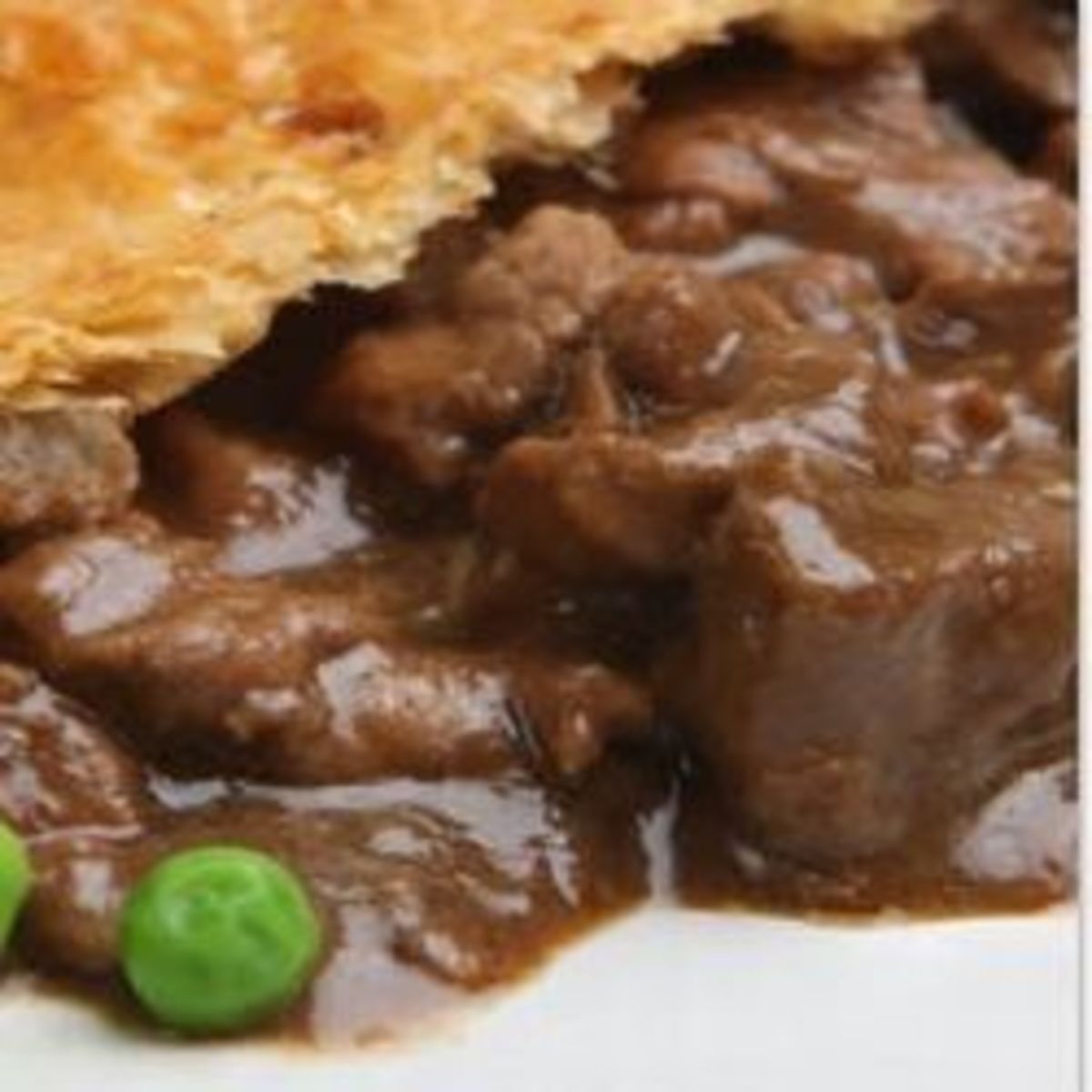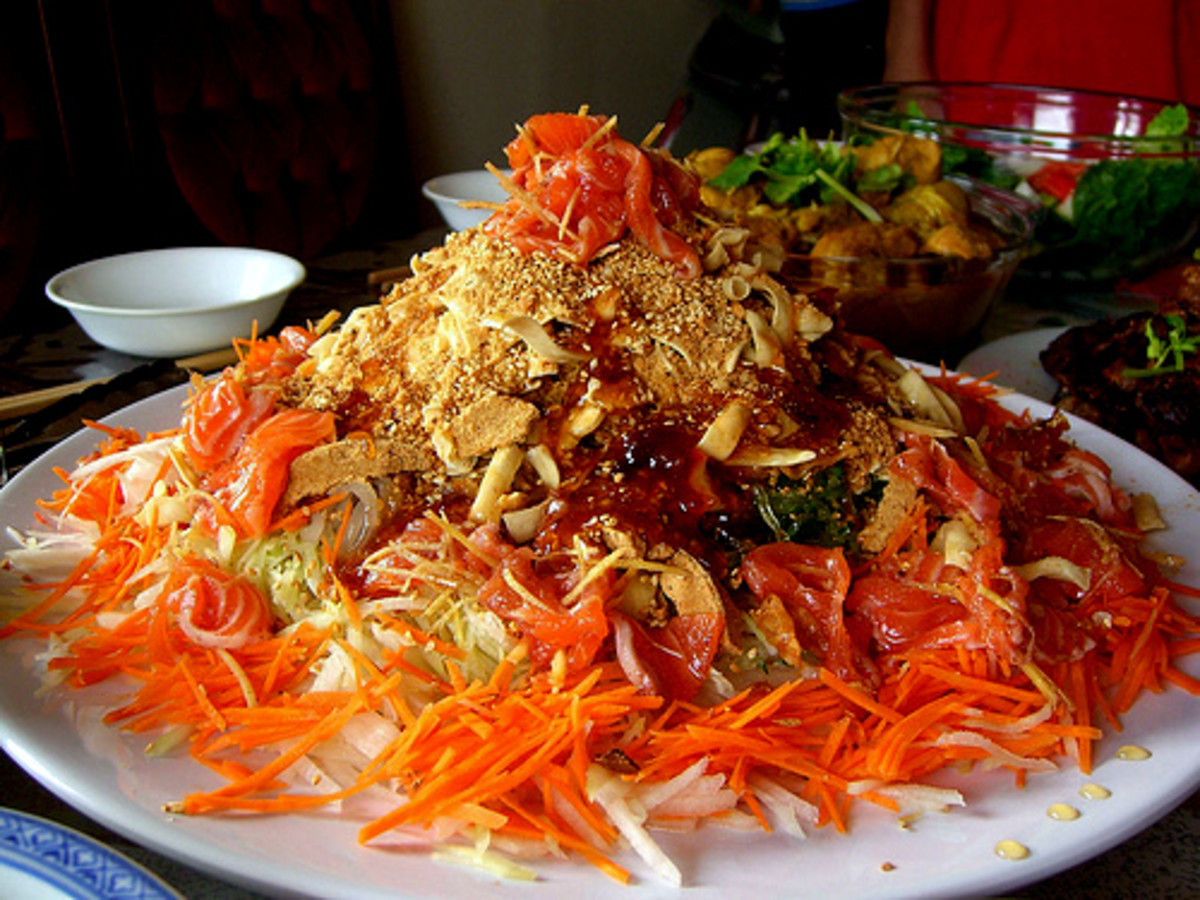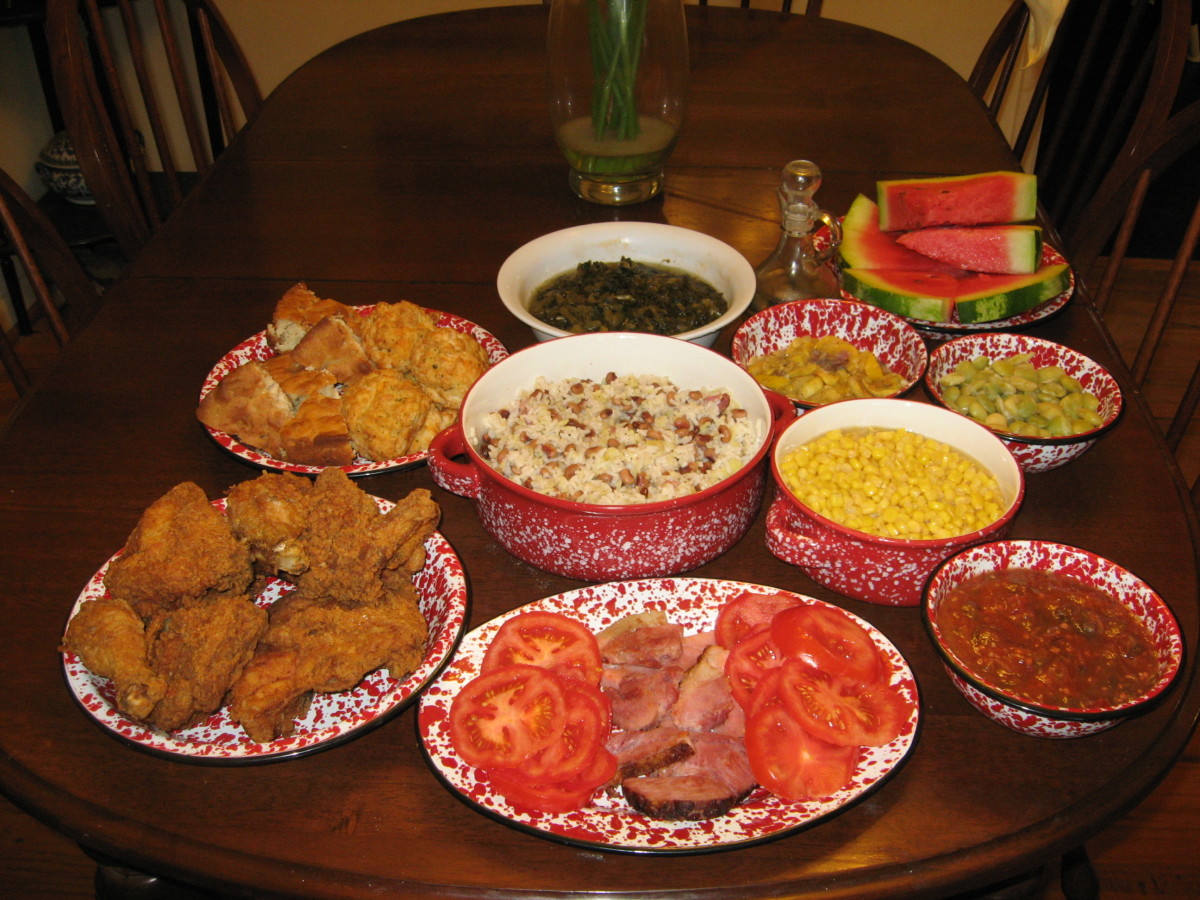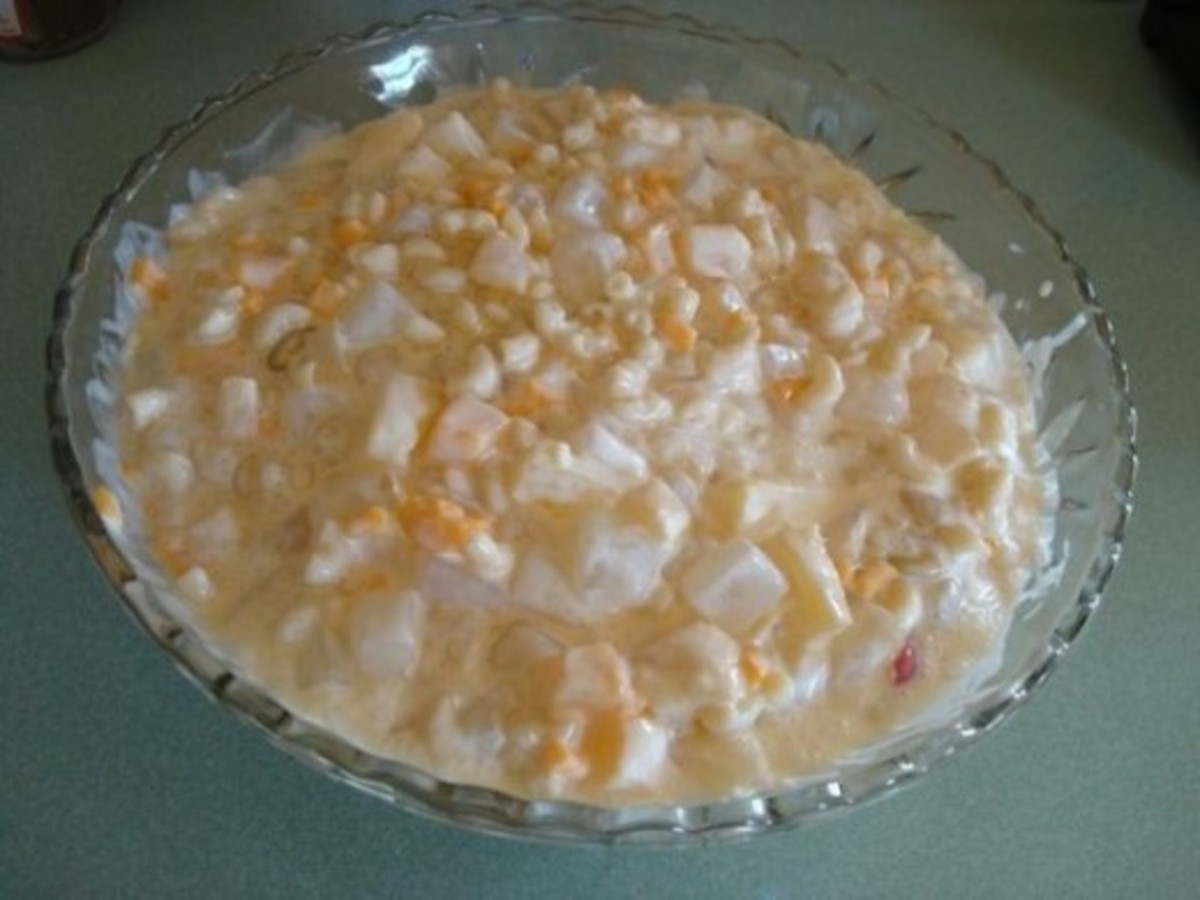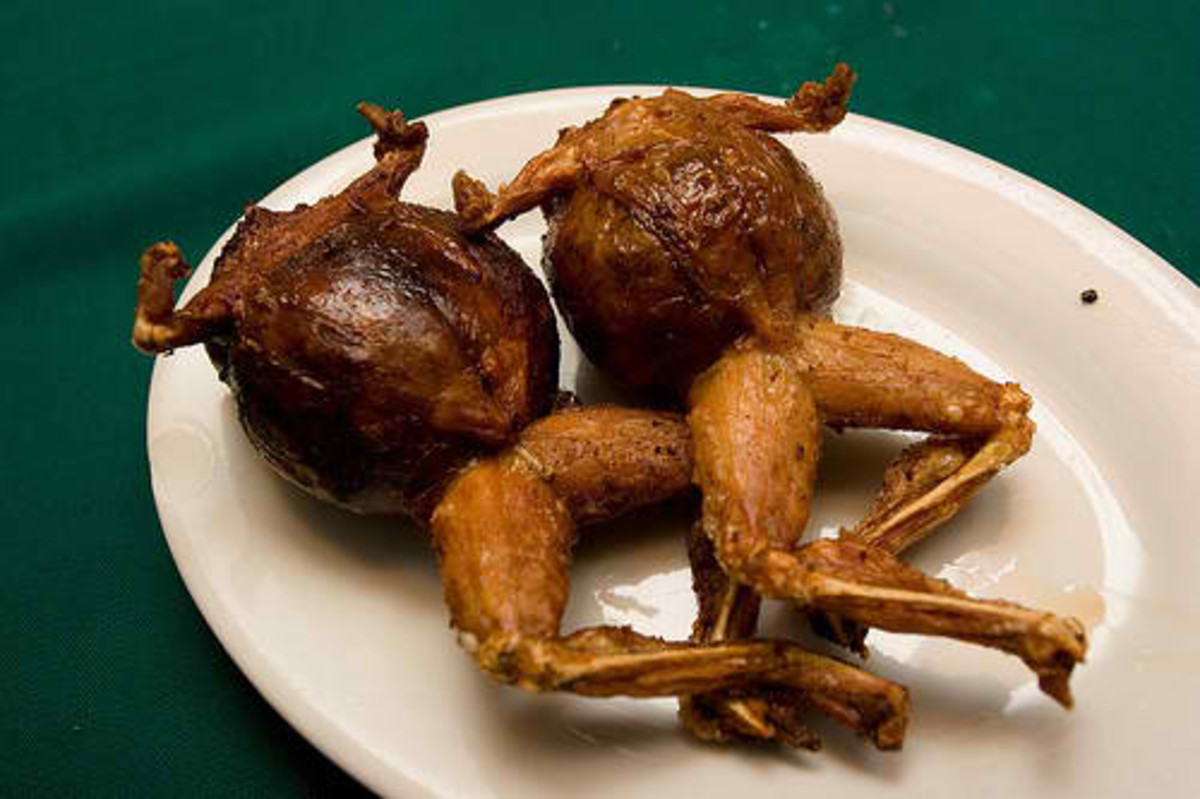Chinese New Year Auspicious Food: Chinese Dumplings
Chinese Dumplings or Jiaozi
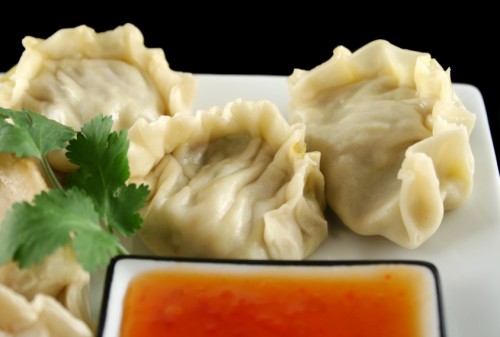
The Chinese are known to attach significance to numbers, dates, foods and even the arrangement of furniture in the house, notably the art of fengshui. An auspicious occasion like Chinese New Year, the most important of all Chinese celebrations is not going to get away with its fair share of “attached” significance. Some call them superstitions. Some call them traditions or beliefs. Whatever they are called, there are many traditions that come with celebrating the coming of Spring, or the beginning of a lunar year for the Chinese. Among them, the making of Chinese dumplings.
Chinese dumpling is not to be confused with its western counterpart—dumplings—or pinches of dough dropped into simmering broth. Chinese dumplings, commonly called Jiaozi, are made with meat, seafood or vegetables (or a combination of these), cleverly wrapped in a dough skin, dainty enough to be eaten in one bite. You can get fastidious or ambitious and attempt to make your own dumpling skin or you can simply buy “wanton” or pre-made dumpling skin from the Asian markets. That will save you hours of slavery to the kitchen and plenty of time to savor the dumplings. I always opt for the second option, due to sheer laziness and a need to hurry up and make them dumplings.
But before we hurry up and attempt these sumptuous nuggets, let’s look a little at the belief behind this tradition of dumpling making the night before Chinese New Year. Dumplings are year round foods but the tradition of making them on Chinese New Year holds great significance. If you use a little imagination, jiaozi looks like the Chinese gold and silver ingots—symbolic of wealth and prosperity. So, why not make lots of jiaozis to usher in a prosperous new year?
Come Chinese New Year’s eve and families who observe this tradition will huddle together around the table to make these succulent treats. They may hide coins in one of the dumplings. The lucky person who finds it is deemed to have good fortune in the coming year.
Now, that we’ve attached the significance behind this tradition, let’s go on with it:
Ingredients
- 1 packet of wanton skins or dumpling skins
- 1 lb of ground meat (traditionally pork, but I love using ground turkey)
- 3 stalks of green onion, chopped
- ½ small onion, chopped
- 1 cup of finely chopped cabbage (optional)
- 2 tbsp. of soya sauce
- 1 tsp of sugar
- ½ tsp. of sesame oil
- 1 tsp of corn flour to gel everything together
- Salt and pepper to taste
Directions:
- Put the wanton skin aside and mix all the remaining ingredients in a large bowl thoroughly.
- Place a small ball of meat mixture in the middle of the dumpling skin
- Fold the sides together so they line up
- Scrunch the edges together, so they fold like an accordion.
Steam them in a bamboo steamer or regular steamer for 10 to 15 minutes until done. I line my bamboo steamer with aluminum foil for easy cleaning. My hub on bamboo steamer will show you how to use it. You can also boil the dumplings in water but from my experience, they tend to get mushy if you don’t watch it like a hawk.
Let's get started.
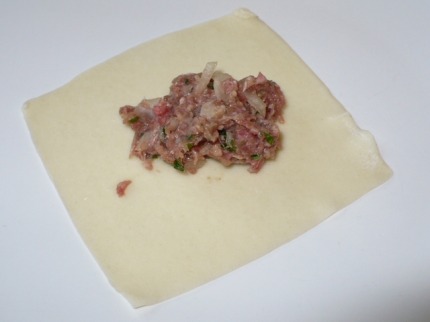
One dumpling
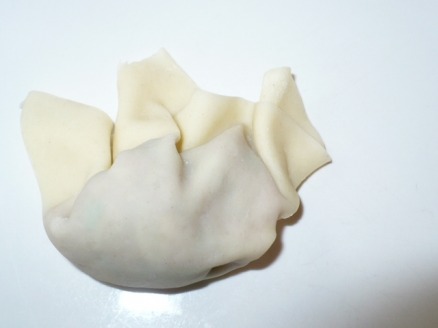
Three Dumplings
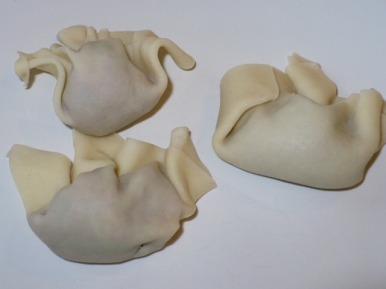
More!
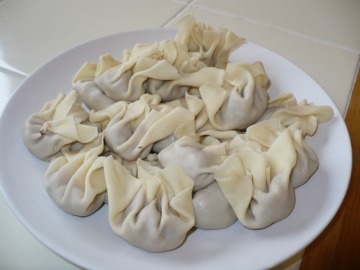
Dumplings in a Bamboo steamer
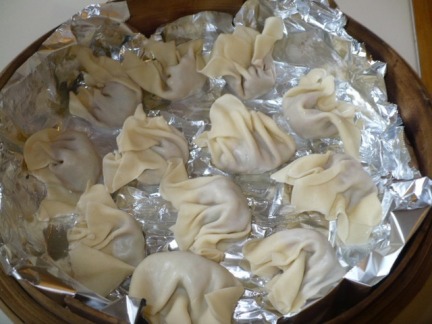
Serving Dumplings
Chinese dumplings can be eaten as they are. But more often than not, they are served with dipping sauce. Favorites include black vinegar, soy sauce, chili sauce, pepper oil and ginger sauce. They help to alleviate the eating experience to a synergistic level.
I often use this sauce to compliment my dumplings.
Ginger-Soy Sauce
- 1 thumb of ginger, finely chopped
- 1 stalk of green onion, finely chopped (optional)
- 2 tbsp of soya sauce
- 1 tsp of brown sugar
- 1 tsp of black vinegar
- 1 tsp of sesame oil
- 1/8 cup of hot water
Whisk all the above ingredients in a bowl. Good to go.
A dumpling by any other name
Dumplings can morph into other delicacies. The shape may take a slightly slimmer or pudgier form but the filling is quite the same. If you fry them, they are generally known as fried wantons. The Japanese have a fancy name for theirs: Gyoza. A close relative of jiaozi is wanton in the soup, made with a slightly thinner skin and often served in broth with noodles.
Enjoy your dumplings and may the New Year bring you prosperity, health and wealth.
Xin Nian Kuai Le (Happy New Year)
Chinese New Year 2012
This year celebrates the year of the Dragon--the fifth sign of the Chinese zodiac and perhaps the most auspicious of all the 12 animals. It begins on the 23rd of January 2012 and will last 15 days. The dragon is traditionally symbolic of success and happiness and therefore high revered.
People born in the year of the dragon are supposed to share certain characteristics: innovative, enterprising, brave, self-assured, conceited, passionate and quick-tempered. Know anyone like that? Perhaps they are born in the year of the dragon.
Copyright 2012. All Rights Reserved.
Ginger-soy sauce
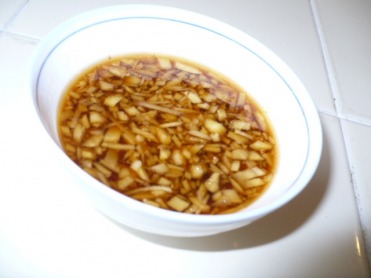
Dunk your dumpling in the sauce and enjoy.
